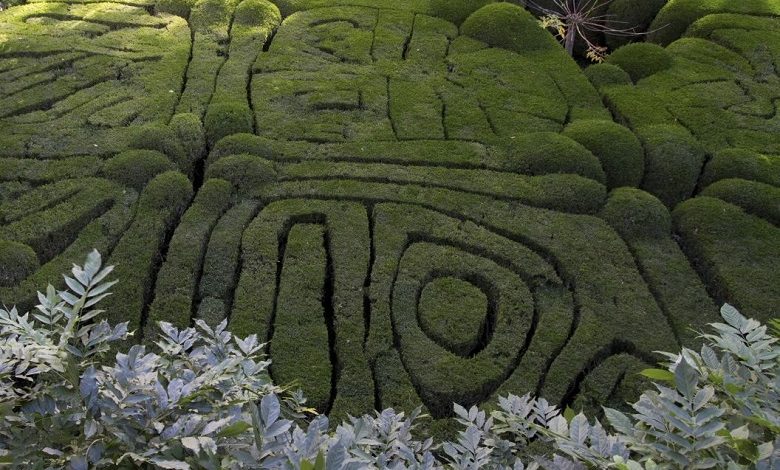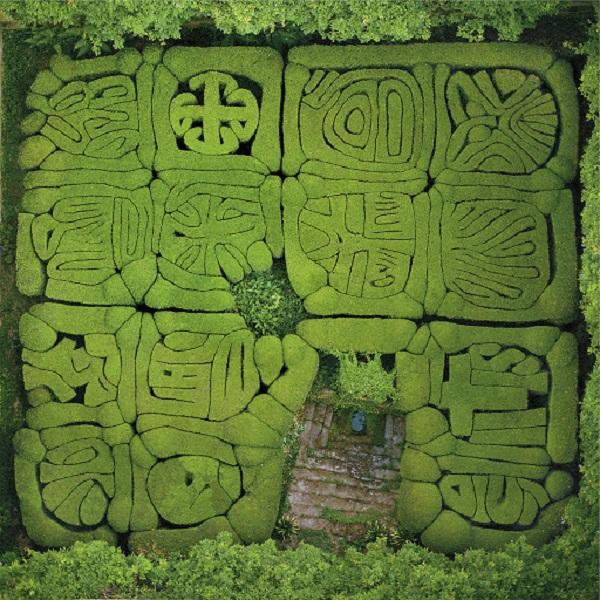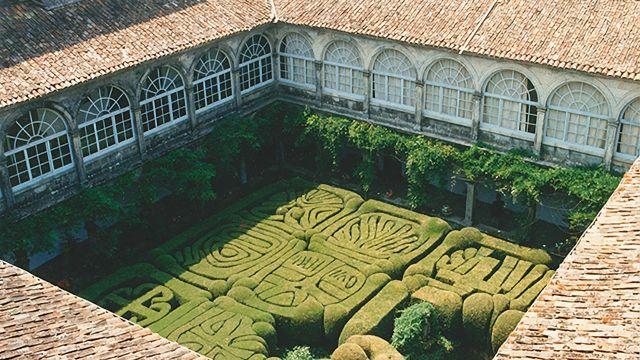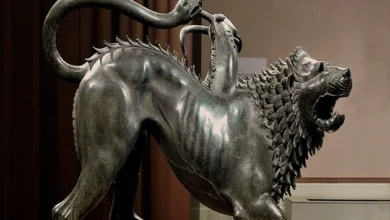Encrypted message in medieval hieroglyphic puzzle of garden of ancient Galicia

All forests hold secrets, and in all caves, there is sure to be a hidden treasure. All Galician history confirms this thesis. Numerous legends and mysteries are preserved in this beautiful area. This is where the mansion-monastery of Pazo de San Lorenzo de Trasouto is located, with its mysterious labyrinth of boxwood hedges, whose allegorical hieroglyphs are so eager to unravel the secrets of scientists, proposing the most improbable versions.
Galicia, “the edge of the world”, is how the region was called in ancient times. It is famous for its crazy green forests and fields, magnificent historical monuments of ancient culture and stunningly beautiful coastline. These territories are located in the north-western part of Spain and are bordered by Asturias, Castile and Leon, and Portugal’s South to the East.

The name Galicia is derived from the Latin “Gallaecia”, once the name of the Celtic tribes. The ancient Celts were the first civilization to be found in these territories. In the 2nd century B.C., these lands were conquered by the Roman legions. Not many monuments of the Roman Empire have survived: only the Roman bridge, the fortress walls in Lugo and the Tower of Hercules (Torre de Hercules), which is the only Roman lighthouse in the world that has survived to this day.
In the early 9th century, the burial place of one of the Apostles of Jesus Christ, James (Apostol Santiago), was discovered in Galicia. Thanks to this historical fact, Santiago de Compostela became one of the three holy cities of the world and has become a place of pilgrimage for millions of pilgrims from all over the world.
The Paso de San Lorenzo in Santiago de Compostela in Galicia is a great place to rest and dream. It awakens excellent emotions. The spirit of antiquity and the flair of legend hangs over the beautiful garden and the mysterious corridors of the monastery. Walls can’t speak, as well as trees – this place reliably keeps its secrets.

The castle itself was built in 1216 by order of Martin Arias, bishop of Zamora. At first, it was used only as a monastery. Subsequently, it was reconstructed several times. In the 15th century, the Paso de San Lorenzo de Trasuto passed into the ownership of the ducal house of Altamira. This family made many beautiful changes to the monastery. Among them, the altarpiece of Carrara marble, carved in the 16th century, stands out. A mysterious hedge was planted in the 16th and 17th centuries.
It consists of various allegorical symbols, which experts associate with Christianity. They have not been able to decipher these signs. The garden is almost four centuries old, most of the drawings are lost, and the religious symbols are still a mystery.
Pazo de San Lorenzo is included in the National Artistic Heritage of Spain. It combines a great historical value with the traditional charm of Galician architecture. The castle is surrounded by a forest and magnificent gardens covering more than 40,000 square meters.
Paso de San Lorenzo is used today as a vacation spot, a hotel, a restaurant, a landmark. Celebrations and incredibly romantic wedding ceremonies are held here.
It’s challenging to keep the garden so beautiful. It has to be pruned twice a week. Specialist gardeners do this in decorating and landscaping. The art of topiary, which is evolving and taking more and more rounded forms. It goes back to the gardens of the Italian Renaissance and the gardens of Versailles in France (1662) to the Victorians in 19th century England. All these gardens have only one thing in common: they need time, the skill of the gardener, and patience,




